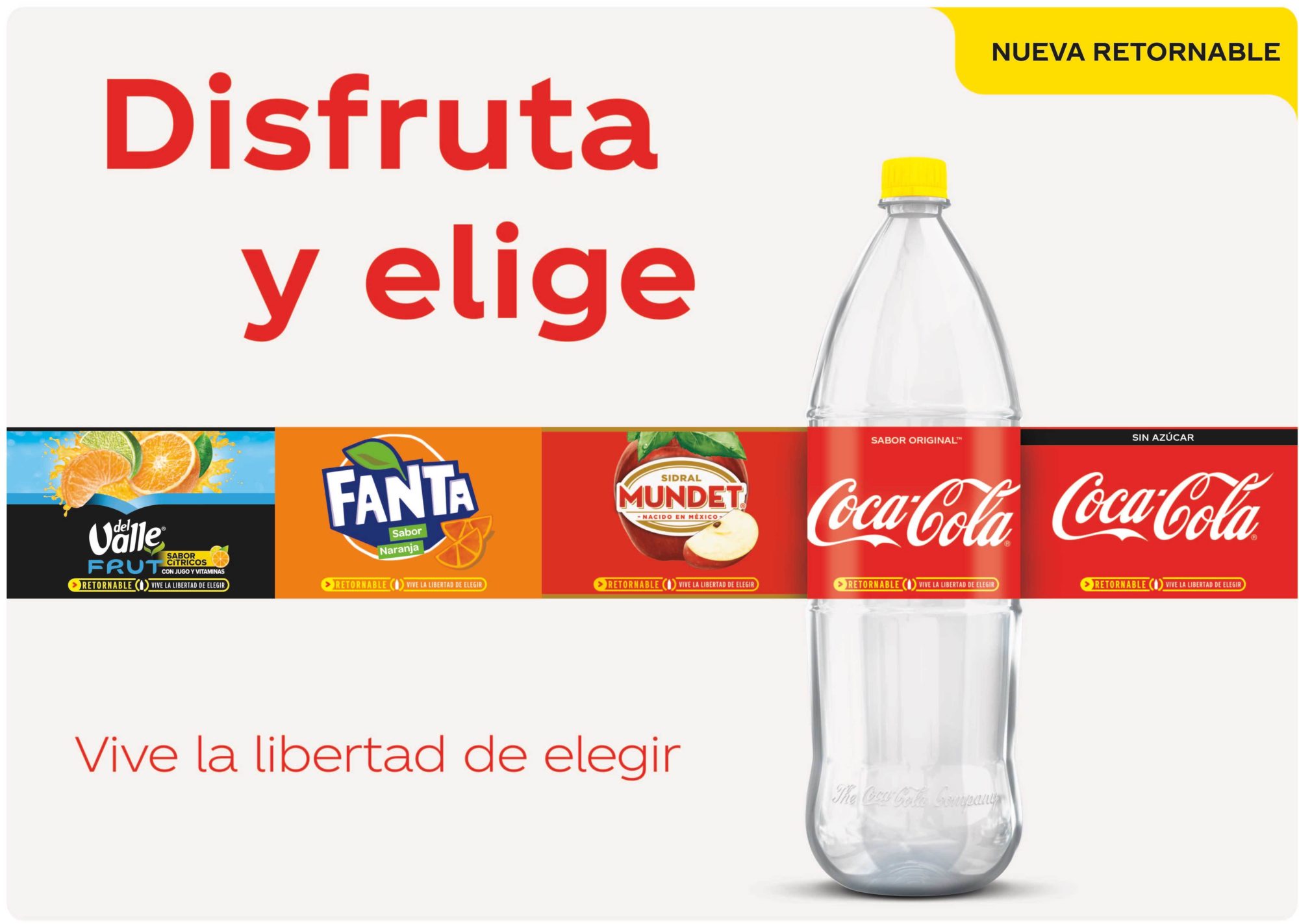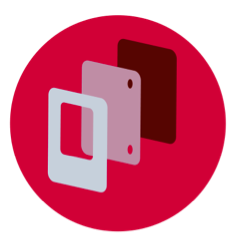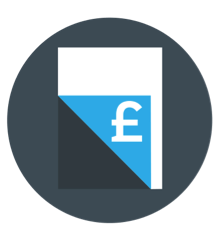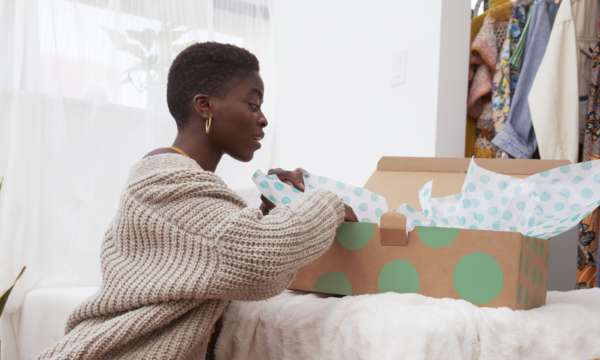From idea to reality
In 2018, The Coca-Cola Company published their World Without Waste vision, with a simple focus of making the world’s packaging waste problem a thing of the past.
Later that year, the company joined EMF’s Global Commitment, at the same time declaring for the first time in history their ‘plastic footprint’. The company reaffirmed the targets set out in their vision including making 100% of its packaging recyclable by 2025, using at least 50% recycled material in their packaging by 2030 and collecting and recycling a bottle or can for each one they sell by 2030. Currently, on average, 43% of PET bottles in Latin America are collected and recycled and Coca-Cola's PET bottles in the region are made using 25% recycled resin.
Having a global vision and targets in place unlocked investment within the company to innovate in infrastructure, products and packaging. The president of the Latin America operation at that time, Alfredo Rivera, saw an opportunity in his region, and launched an innovation challenge with a team of 10 people from across the continent, supported by a US$25 million[1] investment. Team members were taken off normal duties and given almost a year to dedicate themselves to the intensive design process.
The final product blended ideas and experience from Coca-Cola’s different markets such as Chile’s refillable bottles and Brazil’s paper-based labelling technology.
Marketing, finance, commercial quality, and other business areas were also involved to ensure acceptance across the organisation. Critically, the company's Bottling Partners, who manufacture, package, merchandise and distribute the finished branded beverages to customers and vending partners, were brought in early to understand their specific needs, and invest in the infrastructure changes required to accommodate the new Universal Bottle.
External consultants also brought an expert outside perspective into the innovation process. Triciclos, a Latin American social enterprise focused on designing and implementing solutions to eliminate the concept of waste, provided an independent assessment on the life cycle analysis of the new product system.
Internal and external stakeholders collaborating towards a common goal is an essential part of all successful circular economy projects.
